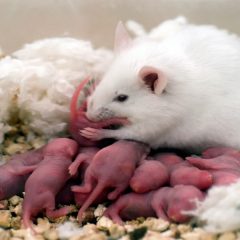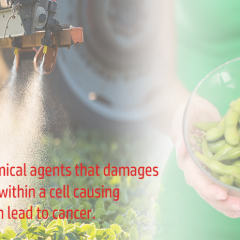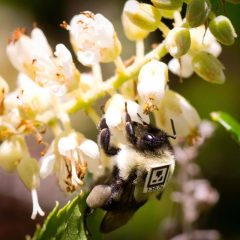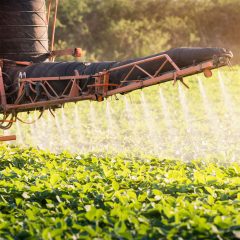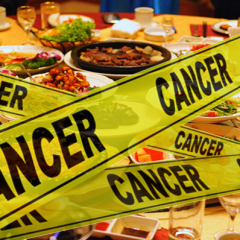Search results for “pesticide exposure”:
The U.S. federal pesticide law is called the Federal Insecticide, Fungicide, and Rodenticide Act, or FIFRA. Ever wonder why FIFRA seems so feckless in dealing with the deepening economic, ecological, and public health problems arising from excessive reliance on herbicides in major row-crop weed management systems? Might no “H” in FIFRA have something to do […]
Read More, References, Comment »
Ever wonder about the impact of heavy, year-to-year applications of glyphosate-based herbicides on wildlife and ecosystem food chains? Environmental Health News provides some key, fresh insights in “What’s the world’s most widely used herbicide doing to tiny critters?” We already know that glyphosate and other pesticides have become ubiquitous in streams and groundwater, suggesting ecological impacts are likely […]
Read More, References, Comment »
Scientists funded by the Ramazzini Institute, an international cancer research non-profit based in Italy, have just published the results of a pilot program that studied the impacts of low-dose glyphosate exposure on endocrine functions like sexual development and growth. The research team tested out both glyphosate alone and a formulated glyphsoate-based herbicide (Roundup Bioflow), administering […]
Read More, References, Comment »
Two years ago in 2017, scientists with the USGS and the University of Iowa first reported that neonicotinoid insecticides were “persistent” in drinking water samples collected at the University’s Iowa City campus during a seven week period after the corn planting season (May-July). The reason why was no mystery — at least 80% of the GMO […]
Read More, References, Comment »
IARC vs. EPA Genotoxicity Paper “How did the U.S. EPA and IARC reach diametrically opposed conclusions on the genotoxicity of glyphosate-based herbicides?“, Environmental Sciences Europe, January 15, 2019, DOI: 10.1186/s12302-018-0184-7. By: Charles Benbrook, PhD Access paper (free) Access Supplemental Tables Access Editorial Statement “Some food for thought – A short comment on Charles Benbrook’s paper […]
My analysis comparing the evaluation of glyphosate, and glyphosate-based herbicide (GBH) genotoxicity by two key agencies — the U.S. EPA and IARC — was published January 15, 2019 in the peer-reviewed journal Environmental Sciences Europe. The full text of the open-access paper “How did the US EPA and IARC reach diametrically opposed conclusions on the […]
Read More, References, Comment »
We know that neonicotinoid insecticides are no-good for bees and other pollinators, even at very low levels of exposure. We know the major neonic — imidacloprid (Admire®) — is the single most acutely toxic pesticide to bees ever discovered, narrowly edging out the former #1 methyl parathion. But scientists are still trying to figure just […]
Read More, References, Comment »
Much will be said about the EPA’s October 31, 2018 decision to extend for two more years the conditional registration of the three dicamba-based herbicides registered for post-emergence, “over the top” (OTT) applications on soybeans and cotton. The basics of the EPA’s decision are simple and not entirely meaningless in terms of reducing the extent […]
Read More, References, Comment »
This piece is reprinted from Environmental Health News. Photos and captions added by Hygeia. New study showing organic diets cut cancer risk is a big deal. Let’s treat it that way. No study is perfect—but recent findings that organic food consumption cuts cancer risk highlights an opportunity to tackle a deadly, expensive health crisis More […]
Read More, References, Comment »
There is a new epidemiology paper in JAMA Internal Medicine by a team of French government scientists that reports a 25% decrease in overall cancer risk from relatively high levels of organic food consumption, compared to little or no consumption, among a large cohort (just under 69,000 individuals, with 1,340 incident cancer cases four years post study […]
Read More, References, Comment »



